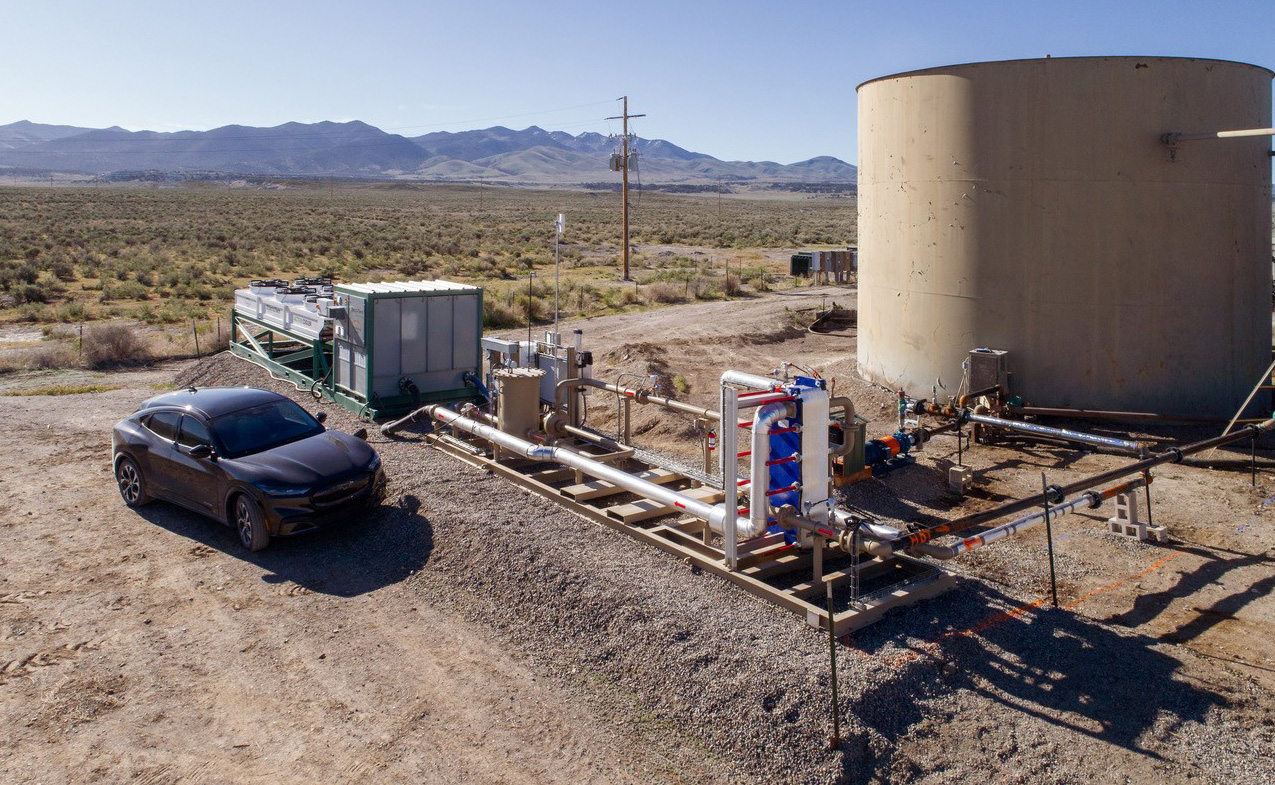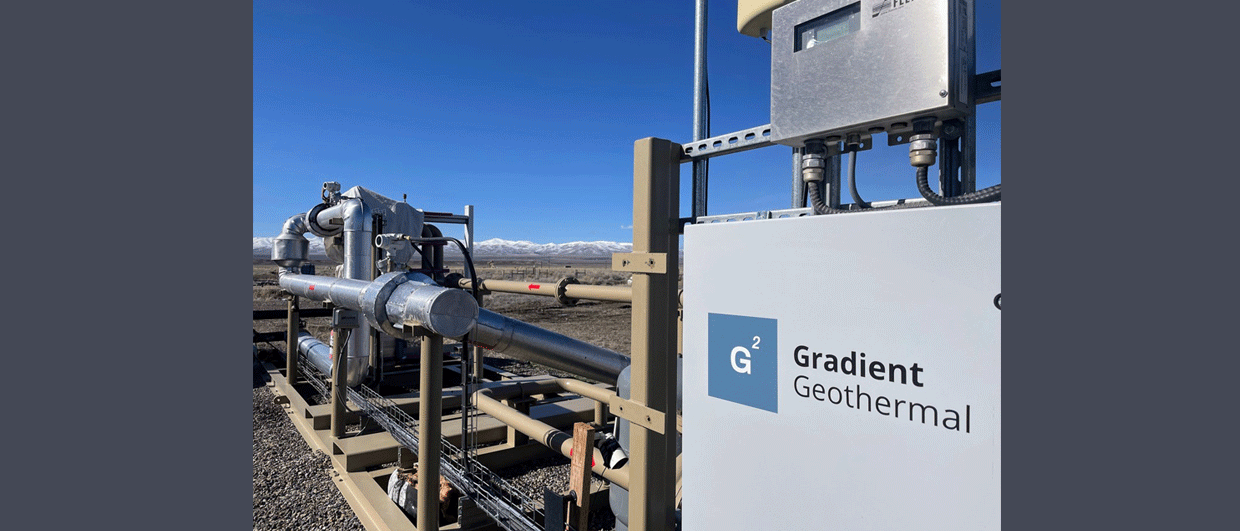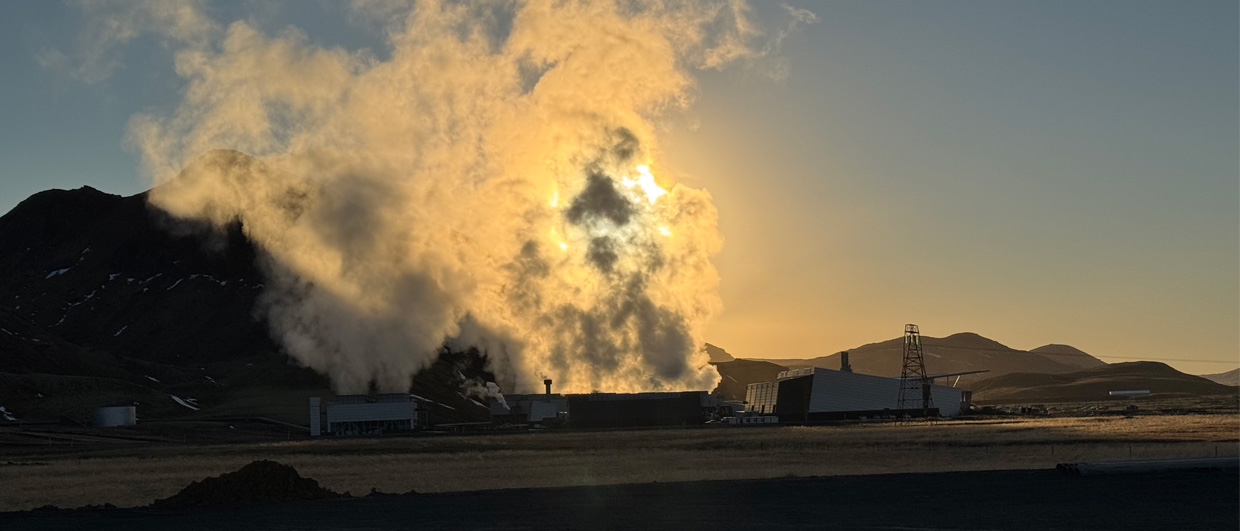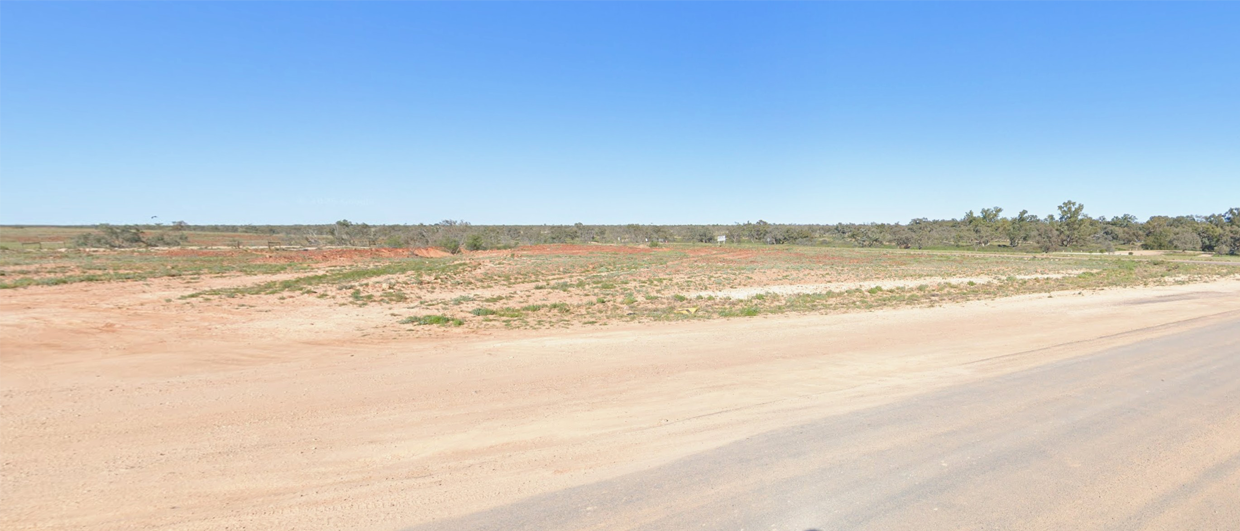“The Client we work with in Dakota at the moment applied fans to cool the produced fluids from their assets before it was piped away. Now, we extract the heat from these fluids using our setup of heat exchangers and harvest the energy that can subsequently be used for other parts of the operation. The result is the same, but we have gained energy rather than used it,” says Ben Burke, CEO of Gradient Geothermal, when we speak about what his company is doing.
The field where it all started for Gradient was the Blackburn field in Nevada, a typical Basin and Range type field. “It was an ideal candidate to get our teeth in,” says Ben. “The water cut in Blackburn is more than 99 %; there is natural aquifer recharge because of the rain that falls in the mountains on either side, which means there are no pumps to maintain, and the temperature of the produced water is around 130° C. In other words, the operator knew that they had a geothermal resource on their hands.”
The result of the test at Blackburn is that we have demonstrated that we can shave off between 30 – 40 % of the asset’s energy use on any given day, continues Ben. “All we do is put a heat exchanger in the existing production layout. The temperature of the injected fluid in Blackburn was always around 40° C. This has not changed since we introduced our setup. But we have gained the energy that comes with the temperature drop.”

IT ALL CAME TOGETHER
“Water has always been a theme in my career”, says Ben. “I worked in the oil and gas business as a geoscientist for 15 years, trying to reduce the water cut of our producing assets and using water to understand subsurface flow. But I also spent some years in mining and environmental consulting services where water was always a big theme. And with a PhD in geochemistry, I have never lost touch of that aspect either. It all came together when we set up Gradient Geothermal in 2022.
Where the company benefits from state funding in the case of Blackburn, also because it has allowed Gradient to work on further developing the technology, the goal is to be able to offer a service of energy provider that is cost-effective for operators. “We are already working with a client in Argentina and in Oman to roll this out at scale,” says Ben. “Then, the process should be economical and profitable. Given that we receive interest at this stage already is a testament that we have got something promising in our hands.”





